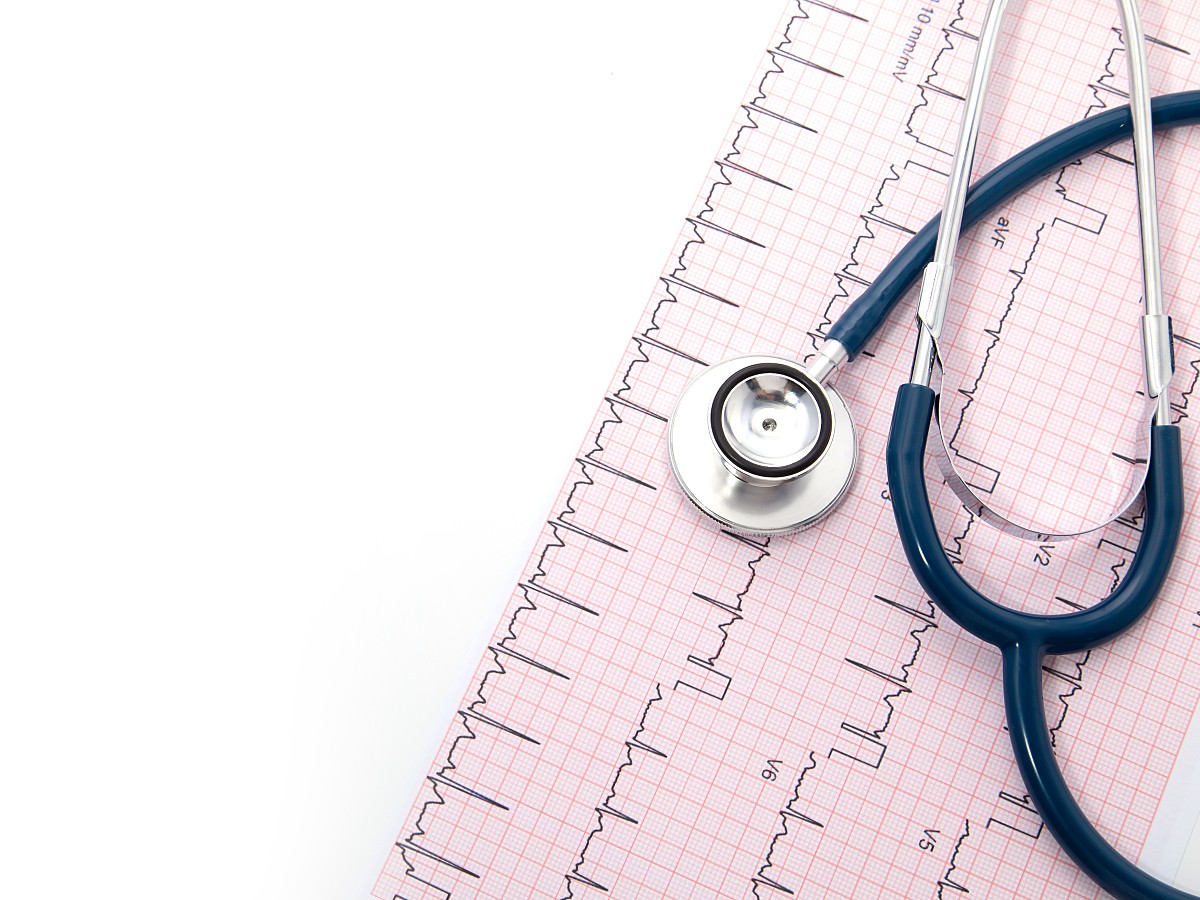Various technologies fill a cardiologist's toolbox—some advanced, some simple, some brand new, some tried and true. Modern artificial intelligence, synthetic hearts, and noninvasive cardiac procedures are all still being trialed and evaluated, while other tools have stood the test of time to shape cardiology as it exists now, including stethoscopes, sphygmomanometers, and electrocardiograms (ECGs).
A reliable and painless way to quickly detect heart problems, ECGs are standard equipment in doctor's offices, hospitals, and ambulances across the world. Even some personal devices, such as smartwatches and fitness trackers, offer ECG monitoring. Why have ECGs become so standardized—influencing both cardiology and the overall field of medicine so significantly?
Let's examine the ECG, starting with its history that stretches back to the 1880s.
The History of the ECG
The genesis of the ECG has been traced to 1887, when a British physiologist named Augustus Waller used a capillary electrometer to record the heart's activity, marking the first time that cardiac electrical activity had been detected and recorded. A few years later, physiologist and Nobel Prize winner Willem Einthoven improved on the electrometer—coining the term "electrocardiogram"—and created a formula that made it possible to describe, name, and distinguish between cardiac deflections called the P wave, the QRS complex, and the T wave (PQRST).
By the first decade of the 1900s, the ECG was already being put to clinical use.1 In 1909, it helped diagnose a case of arrhythmia; a year later, indicators of a heart attack.
While the modern ECG fulfills the same core functions it did more than a century ago, it has advanced in significant ways. From a clinical utility standpoint, the ECG has advanced what's possible in interpretations of cardiac diagnoses—from midcentury descriptions of tachycardia to the 1980s era of defining QRS width parameters that can be predictive of heart failure.2 Over time, ECG interpretations have also evolved to identify and inform diagnoses across cardiology, including:
- Coronary disease
- Coronary occlusion
- Cardiomyopathy
- Pericarditis or myocarditis
- Previous heart attacks and cardiac arrest
- Imbalances in electrolytes that control heart activity
Physically, the device has changed quite a bit as well; the earliest models purportedly weighed more than 600 pounds and required a five-person operator team.1 Today's versions are typically around 8 pounds, needing just one operator. The clinical accessories that accompany an ECG unit have evolved as well; cables, leadwires, and thermal papers have all become more durable, reliable, and intuitive for users as the years progress.
Explore GE HealthCare's diagnostic cardiology clinical accessories that help ensure accuracy and optimal ECG performance.
The ECGs of today have earned a place as a reliable bedside tool that can quickly inform diagnostic decisions at the point of care—perhaps even more reliably than other strategies like laboratory blood testing.
On the Pulse of Advancements in Cardiology and Medicine
The aim of an ECG is to accurately detect a person's heart rate and rhythm and assess cardiac function. In doing so, ECGs can help support a variety of cardiac diagnoses and clinical events—and they do so almost immediately, without forcing teams to wait on lab reports or imaging.
This speed can be instrumental in cases that demand early diagnosis and intervention, such as differentiating the diagnoses of angina, STEMI (complete blockage of a coronary artery), and NSTEMI (partial blockage). A study published in the European Heart Journal: Acute Cardiovascular Care found that 251 lives could have been saved had providers correctly differentiated those diagnoses upon the patient's presentation.3
The benefit of having diagnostic insight at the point of care is multifactorial. For one, providers can carry more confidence in their diagnoses before undergoing invasive procedures such as cath activation, which has been found to be unnecessary in as many as 72% of instances, reports a study in JRSM Cardiovascular Disease.4 Performing an ECG in an office setting may also provide a baseline reading that practitioners can refer to if the patient develops cardiac symptoms later on.
More broadly, optimally functioning ECGs have assisted fast-moving healthcare teams in reducing costs, human error, and wasted time—all especially critical considerations amid the labor and resource shortages of COVID-19. Further, ECGs have introduced a clinical advantage in the hospital setting during the pandemic by informing heart-related complications of COVID-19 with minimal contact between patient and provider. Operators can take an ECG, analyze the readings, and efficiently create any next steps in a care plan.
Where ECGs Are Headed Next
It's expected that ECGs will continue to evolve, as they have over the past century. Trends in cardiology have set the stage for digitization (such as implementing sophisticated ECG management solutions), advancements in artificial intelligence (including enabling machine learning interpretations), and remote cardiac monitoring (such as wearables and smartwatches). These innovations could help expand the decentralized care movement, already vastly accelerated during the pandemic. Many of these exciting changes center on the ability to detect cardiac events and conditions in early and more treatable stages.5
Whereas the history of the ECG across the 20th century may have focused on making the technology smaller and more useful across broader cardiac concerns, the 21st century's ECG story may be told through the lens of its ability to deliver real-time diagnoses from anywhere and at any time. Small though they may have become, ECGs pack a large clinical punch—in the process, changing cardiology and modern medicine for the better.
REFERENCES
1. https://www.pfizer.com/news/articles/flashback_the_first_ecg
2. https://www.ahajournals.org/doi/10.1161/01.CIR.0000117293.30403.8F
3. https://journals.sagepub.com/doi/abs/10.1177/2048872616661693?journalCode=acca&
4. https://www.ncbi.nlm.nih.gov/pmc/articles/PMC6456844/
5. https://www.nature.com/articles/s41598-020-76635-9

